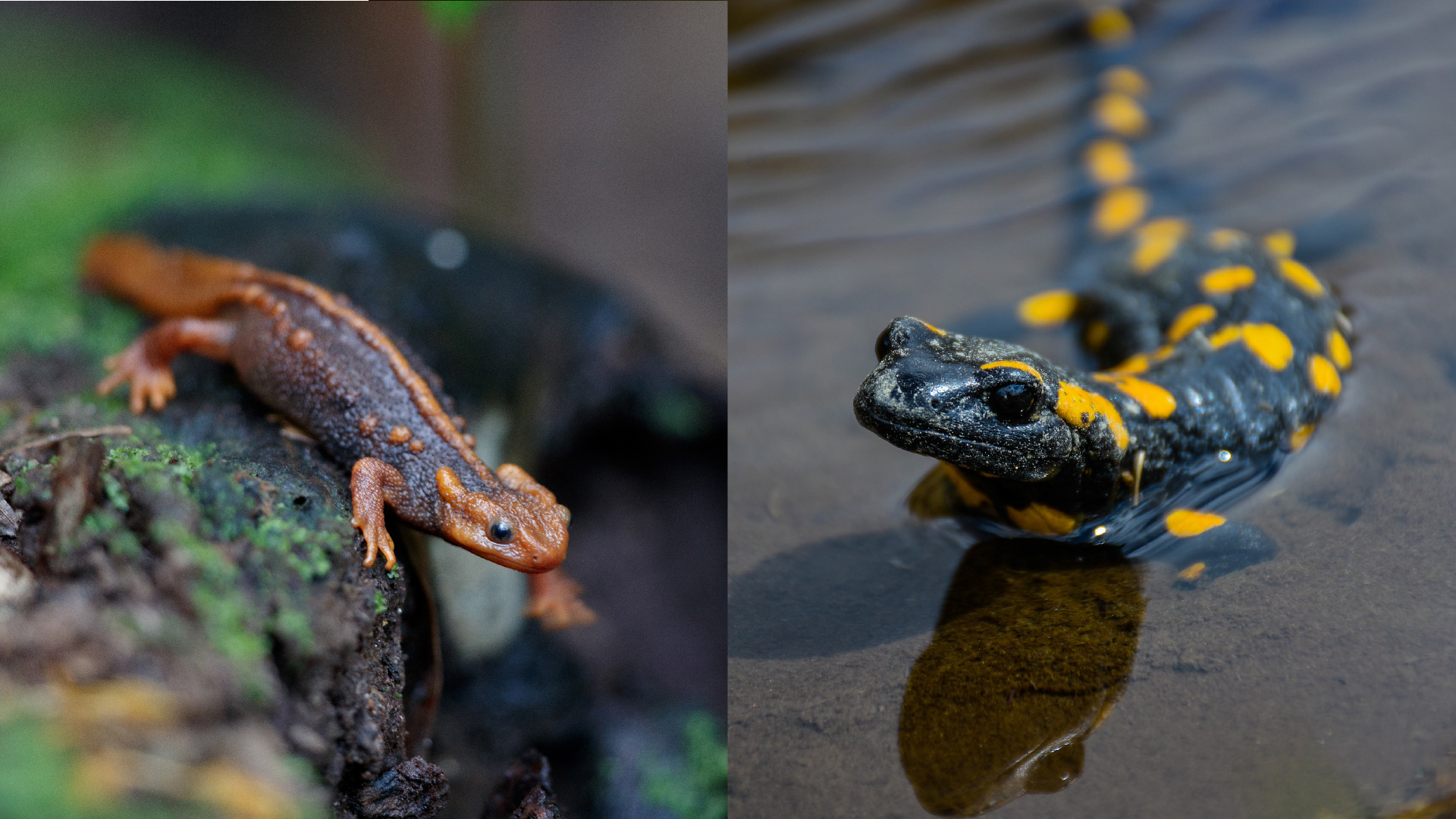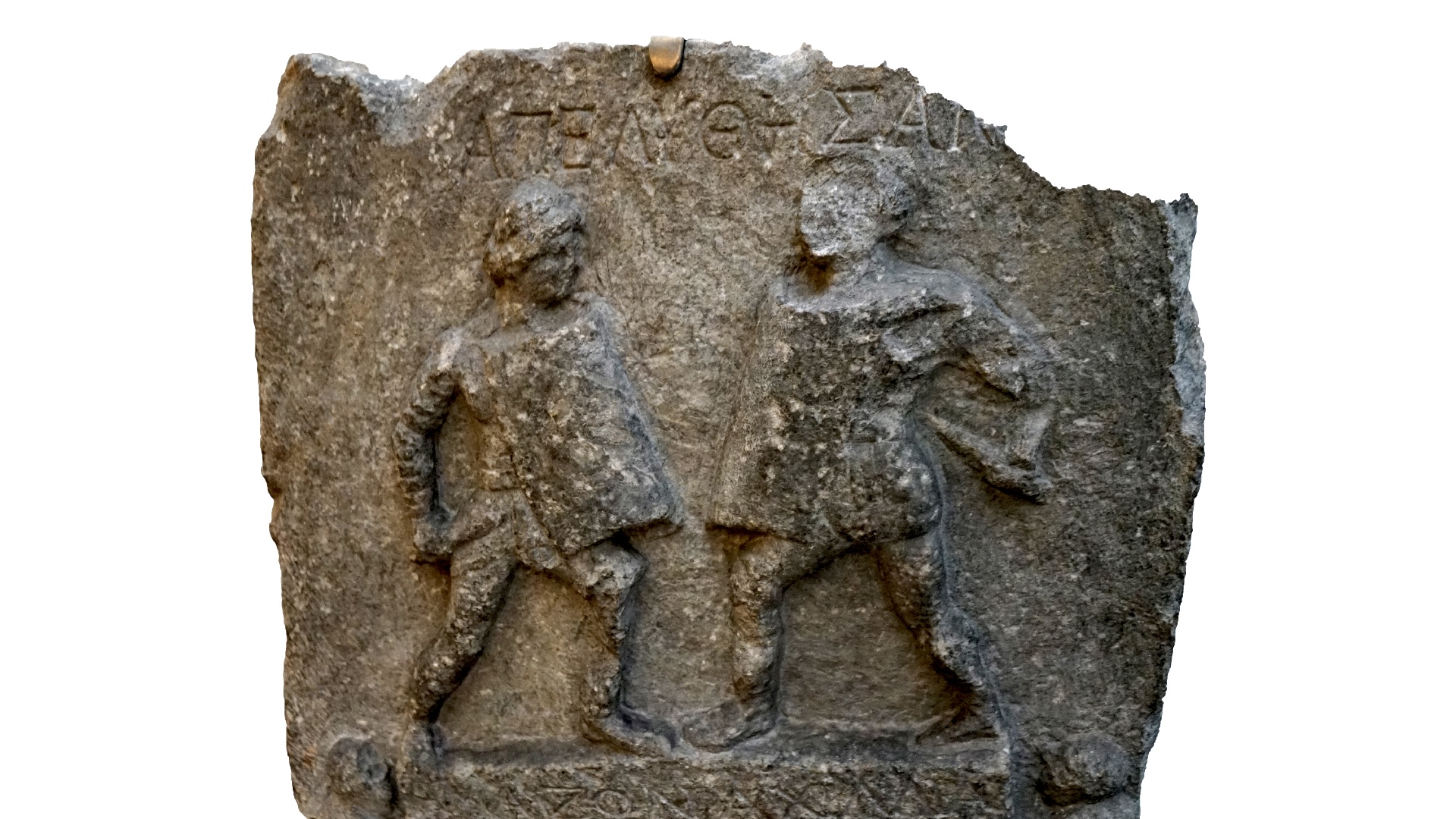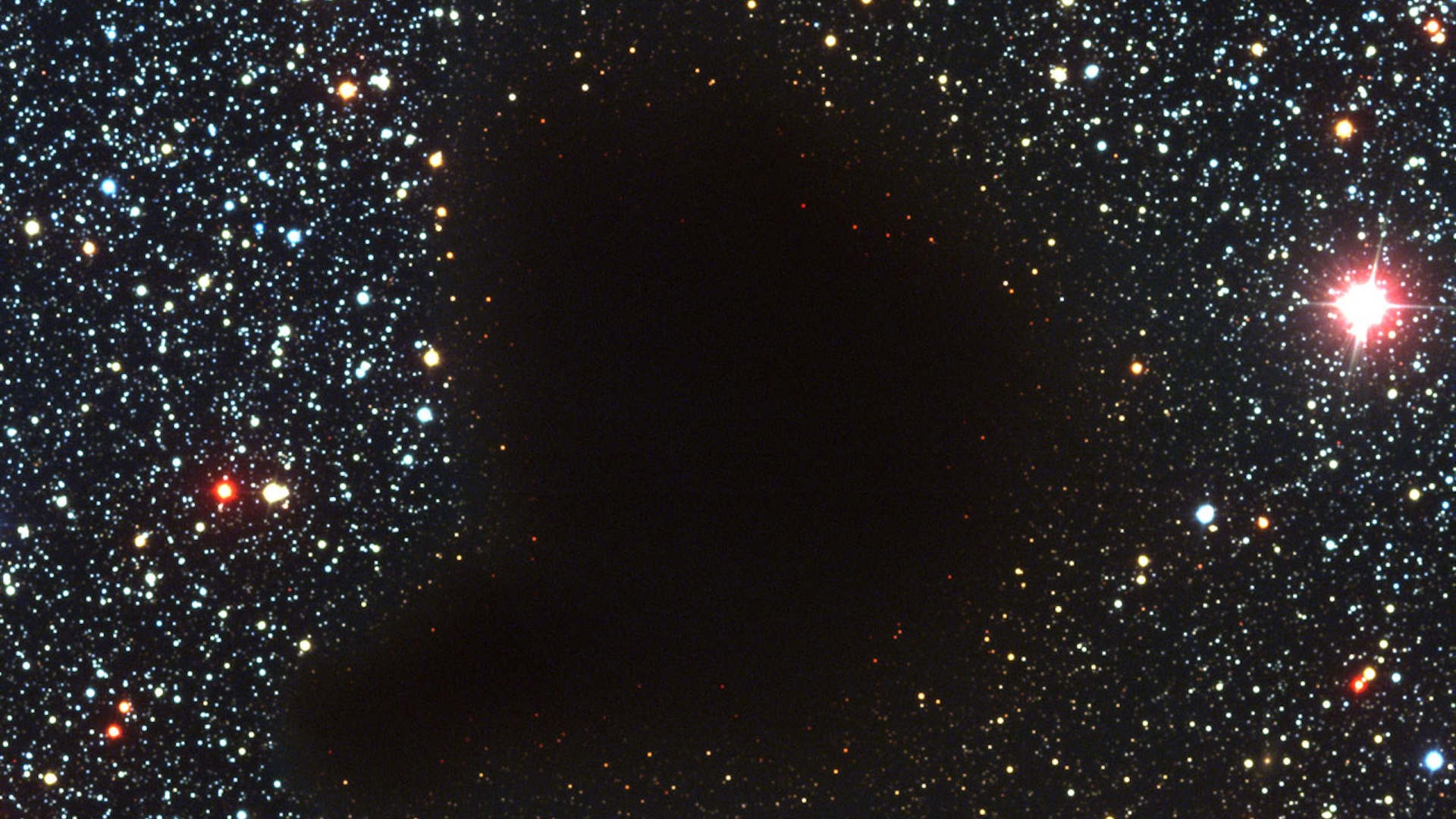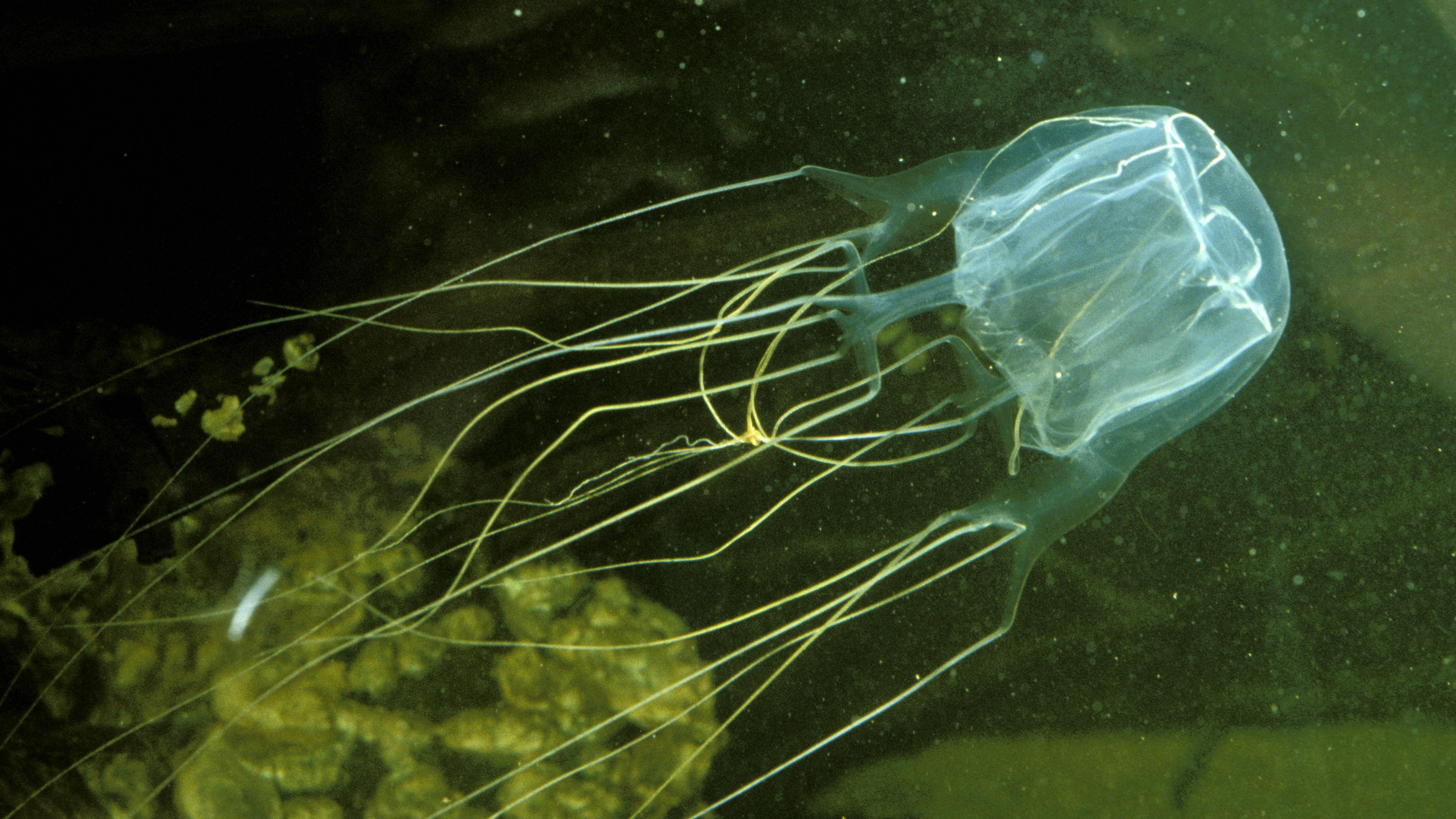Life's Little Mysteries: Science questions, answered

The world can be a pretty mysterious place and we at Live Science love to ask and answer scientific questions about mysteries big and small: about ancient civilizations, our planet and our solar system, the plants and animals that live alongside us, our bodies and how they work, and the technologies that we use every day.
Join us on this exciting voyage of discovery and downright weirdness as we solve … Life's Little Mysteries.
Sign up for our weekly Life's Little Mysteries newsletter to get the latest mysteries before they appear online.
Latest about Life's Little Mysteries

What's the difference between a newt and a salamander?
By Alice Sun published
Salamanders and newts are both long-tailed amphibians, but what's the difference between them?

Do your dreams change as you age?
By Abby Wilson published
A young child's dreams and an elderly hospice patient's dreams can be very different. What has research found about how our dreams change over time?

Why do some cat siblings look so different?
By Marilyn Perkins published
Normally, siblings resemble each other. So why does a litter of kittens often come in a variety of colors?

Did Neanderthals have religious beliefs?
By Owen Jarus published
Whether Neanderthals had religious beliefs is a subject of ongoing debate.

Are free radicals really that bad for you?
By Victoria Atkinson published
Free radicals are highly reactive molecules that are missing an electron. They get a bad rap, but could they actually have any benefits?

How did metamorphosis evolve?
By Marilyn Perkins published
While it might seem like an all-or-nothing process, insect metamorphosis likely emerged through gradual evolutionary changes.

Were there female gladiators in ancient Rome?
By Owen Jarus published
Rome is famous for its gladiators, but were any of these fighters women?

What's the darkest place in the solar system? What about the universe?
By Alice Sun published
Space looks very dark from Earth. But does the solar system, and the universe for that matter, have an area that's the darkest of all?

Why do European cities have milder winters than those in North America, despite being at the same latitude?
By Jesse Steinmetz published
London is at the same latitude as Calgary, Alberta. So why is the Canadian city about 15 degrees Fahrenheit (8.3 degrees Celsius) cooler in January?
Get the world’s most fascinating discoveries delivered straight to your inbox.

